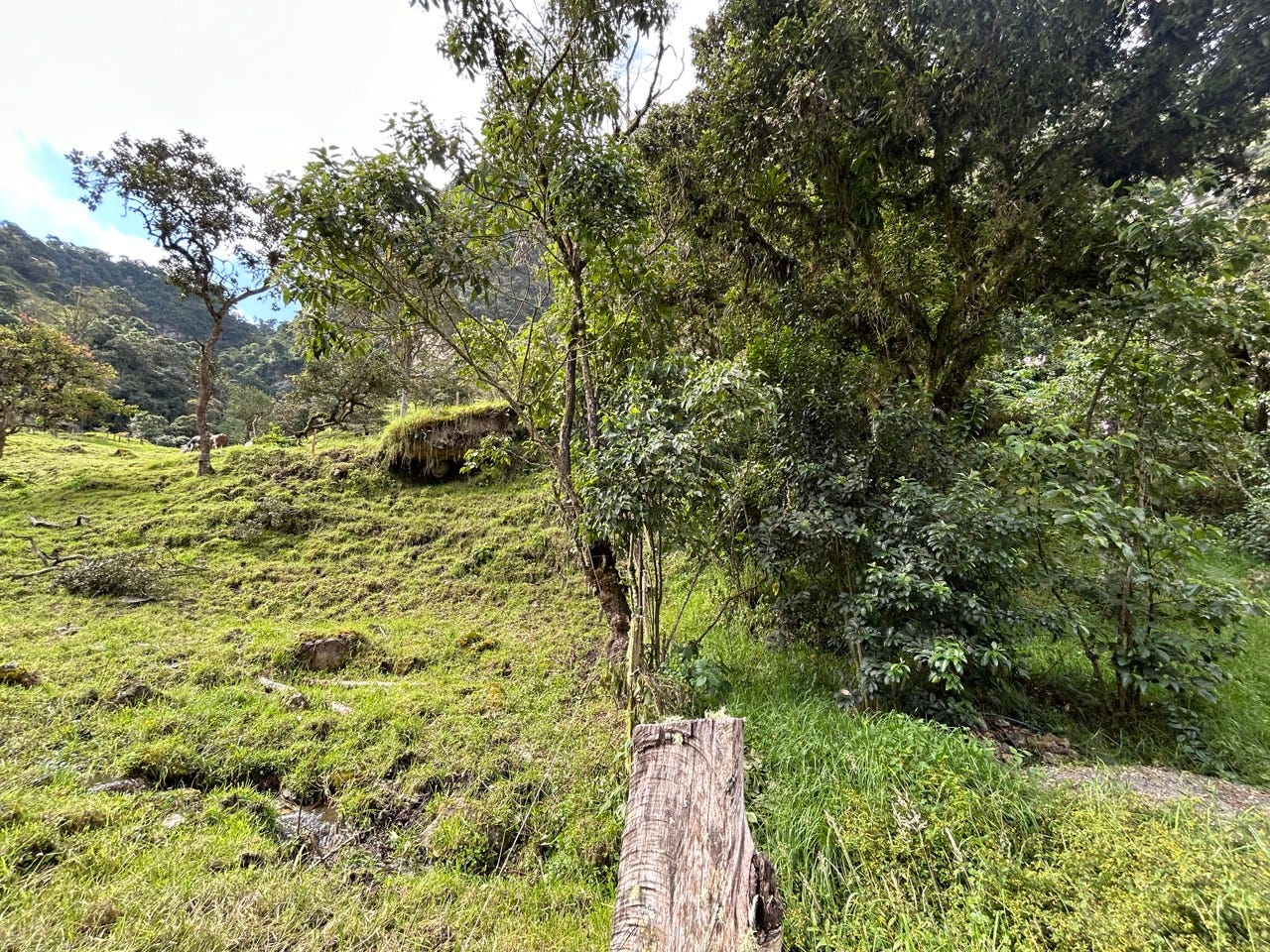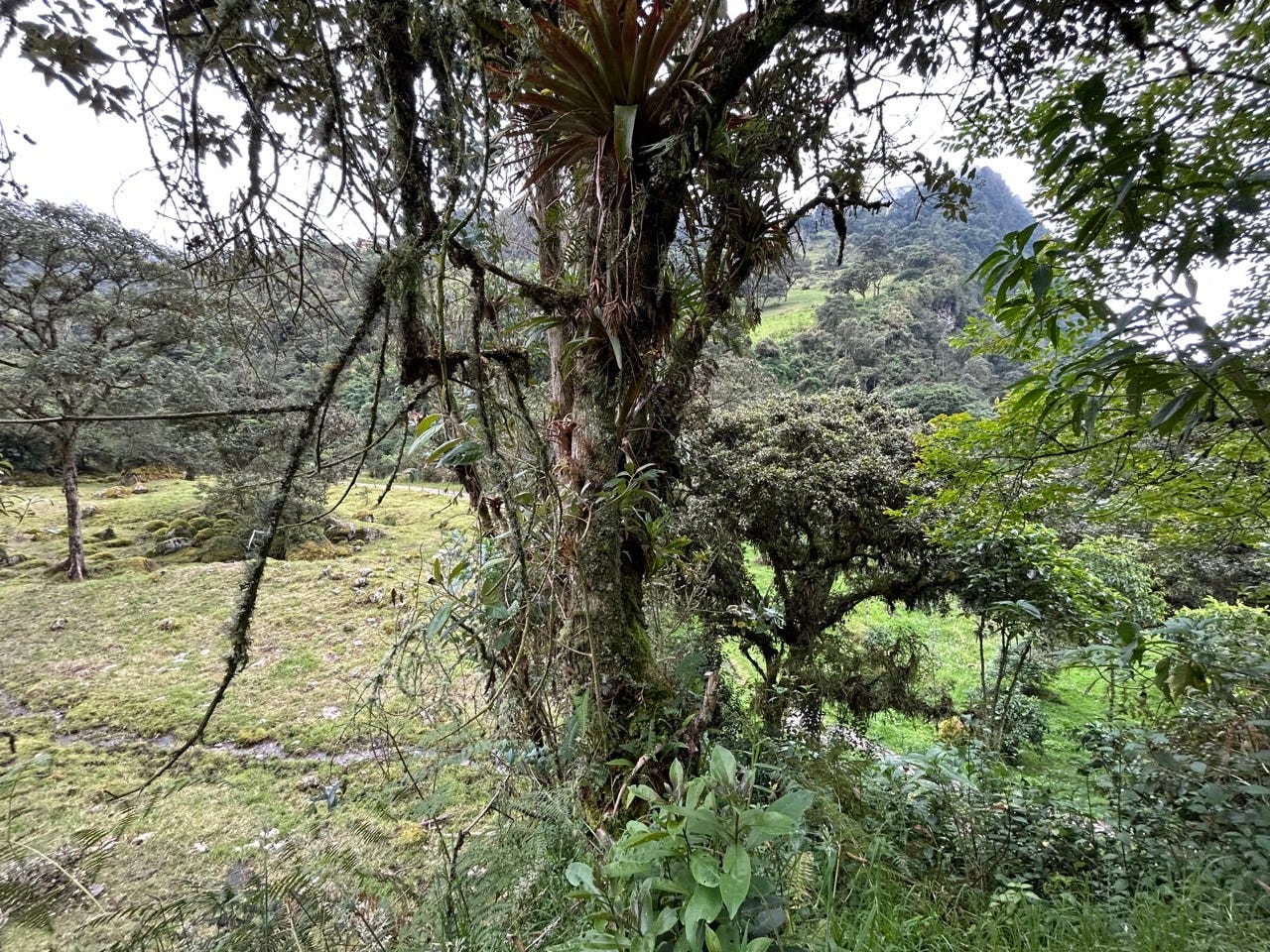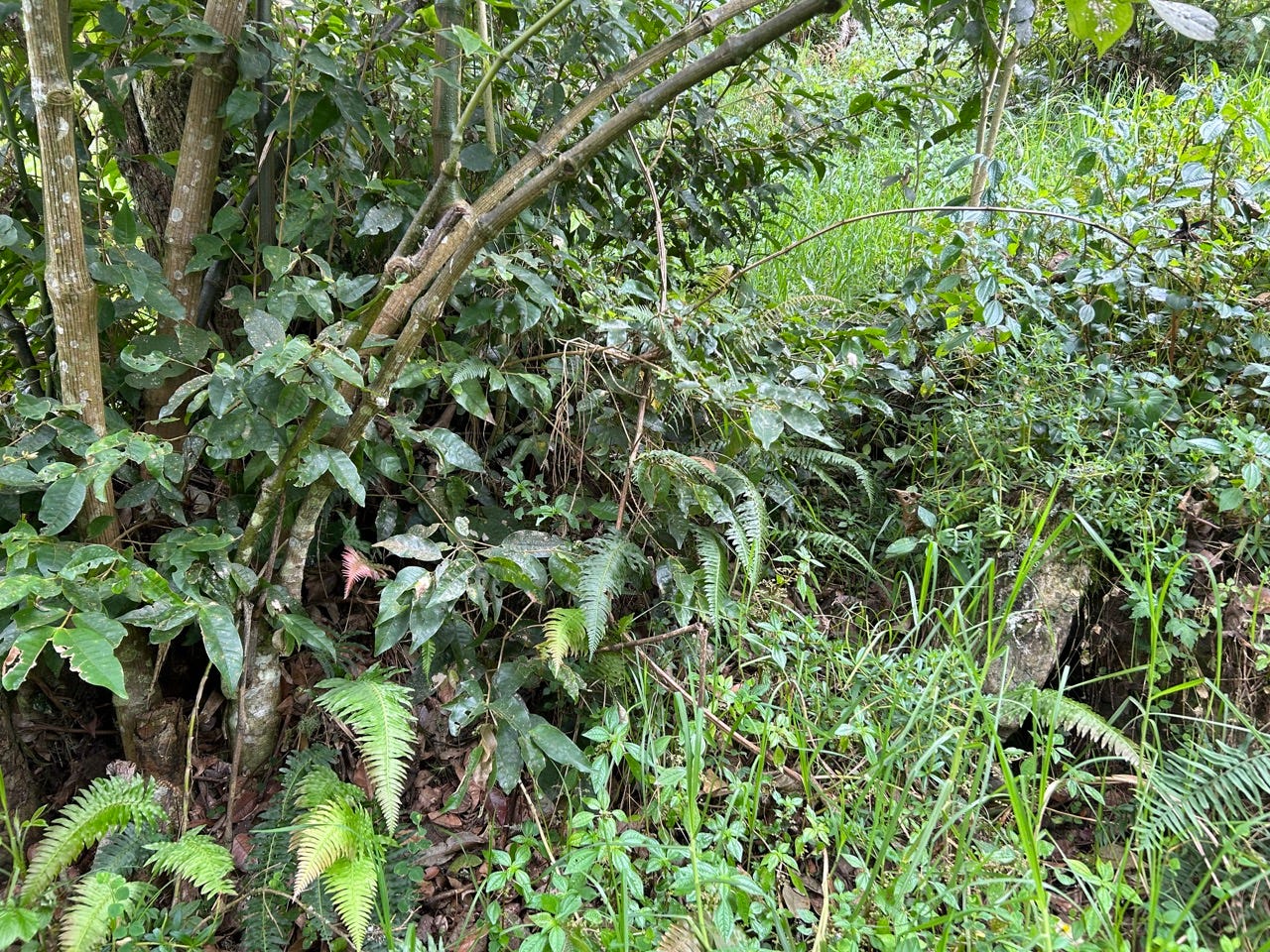Before & After: Observing the Transformations of Passive Land Restoration
An early story on how the land has been healing after a mix of leaving it alone and taking care of it.
A restoration process takes time, demands patience, work, investment, and experimentation. We've dedicated our efforts to letting the land rest and restore, but we've also actively introduced native species that are no longer in the area to aid in their re-introduction. In this post, we'll share how the "passive" part of the process works and what we have observed happening.
Most of the surrounding area around Yátaro is utilized as grassland for cattle, which is one of the primary agricultural activities in the county we're located in. Farmers prefer the land we're on because feeding and care costs are nearly zero: grass grows freely, and there are no predators or diseases. However, the downside is that cows graze on everything, making it nearly impossible for plants other than grass to advance past the seedling phase. This hampers the reproduction of native species, not to mention the formation of a forest.

By allowing the land to "rest" (removing the cows and any other productive activity) for a couple of years, we've witnessed the entire reserve naturally flourish. Though it's still in its early stages, there's already a noticeable visual contrast, almost like a "before & after" transformation.

Certain areas of the reserve tend to heal faster, particularly where we find more concentrations of what we call "clusters." Clusters are significant because they are where the magic begins. Within a cluster, one or two mature trees provide shade, and underneath this shade, two things happen: the grass recedes, and other plants start to take over.

On the flip side, this succession process can take decades to develop into a fully mature forest. We assist it by taking care of the clusters or by relocating seedlings close to a cluster to increase the "cluster density," thereby accelerating the entire cycle. In contrast to active restoration, which we will surely discuss in the future, this process is organic and allows local species to gradually reclaim their home habitat from decades ago.
It's important to bear in mind that this approach may not work for every reserve or restoration effort. We've been fortunate to be in a place where the soil remains fertile, and we're surrounded by patches of native forest that provide seeds and shade for the next generation.
As mentioned above, we combine this method with other more active measures in different areas of the reserve. Friends and experts have provided valuable advice on what works best. Sometimes we follow this advice, but sometimes we trust our instincts. We're learning a lot simply by allowing nature to take its course; after all, she was in the driver's seat far before we were born as a species.



